Microsoft Project 2007: The Missing Manual. The Missing Manual Bonnie Biafore
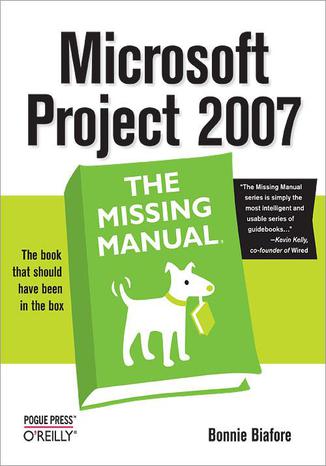



- Autor:
- Bonnie Biafore
- Wydawnictwo:
- O'Reilly Media
- Ocena:
- Stron:
- 704
- Dostępne formaty:
-
ePubMobi
Opis
książki
:
Microsoft Project 2007: The Missing Manual. The Missing Manual
Schedules, budgets, communications, resources. Projects big and small include them all, and Microsoft Project 2007 can help you control these variables -- not be controlled by them. But Project is complex software, and learning it is, well, a project in itself. Get up to speed fast with Microsoft Project 2007: The Missing Manual. Written by project management expert Bonnie Biafore, this book teaches you how to do everything from setting budgets and tracking schedules to testing scenarios and recognizing trouble spots before your project breaks down.
Find out what's new in Project 2007 from previous versions, and get help choosing the right edition, whether it's Project Standard, Project Professional, or Enterprise Project Management Solution. With Microsoft Project 2007: The Missing Manual, you get more than a simple software how-to. You also get a rundown on project management basics and plenty of solid advice on how to use Project to:
- Define your project and plan your approach
- Estimate your project, set up a budget, define tasks, and break the work into manageable chunks
- Create a schedule, define the sequence of work, and learn the right way to use date constraints and deadlines
- Build a project team and assign resources to tasks: "who does what"
- Refine the project to satisfy objectives by building reality into the schedule, and learn to keep project costs under control
- Track progress and communicate with team members via reports, information sharing, and meetings that work
- Close out your project and take away valuable lessons for the future
Wybrane bestsellery
Bonnie Biafore - pozostałe książki
O'Reilly Media - inne książki
Dzięki opcji "Druk na żądanie" do sprzedaży wracają tytuły Grupy Helion, które cieszyły sie dużym zainteresowaniem, a których nakład został wyprzedany.
Dla naszych Czytelników wydrukowaliśmy dodatkową pulę egzemplarzy w technice druku cyfrowego.
Co powinieneś wiedzieć o usłudze "Druk na żądanie":
- usługa obejmuje tylko widoczną poniżej listę tytułów, którą na bieżąco aktualizujemy;
- cena książki może być wyższa od początkowej ceny detalicznej, co jest spowodowane kosztami druku cyfrowego (wyższymi niż koszty tradycyjnego druku offsetowego). Obowiązująca cena jest zawsze podawana na stronie WWW książki;
- zawartość książki wraz z dodatkami (płyta CD, DVD) odpowiada jej pierwotnemu wydaniu i jest w pełni komplementarna;
- usługa nie obejmuje książek w kolorze.
Masz pytanie o konkretny tytuł? Napisz do nas: sklep@helion.pl
Książka drukowana


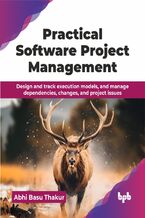

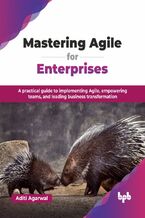
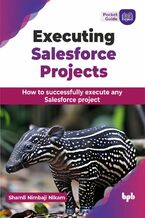
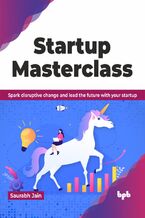
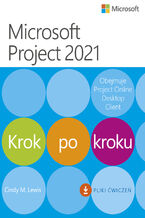
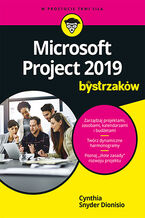
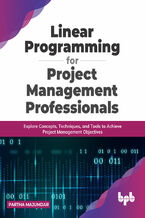
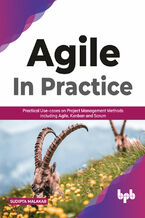
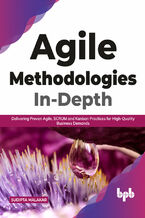
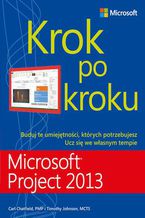

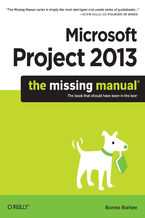
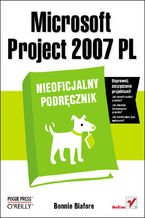
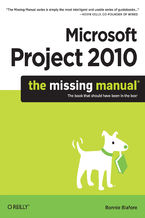
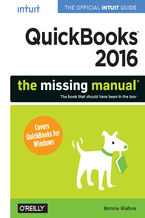
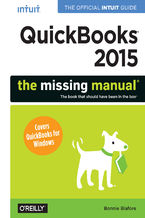
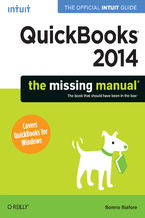
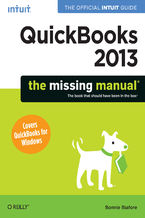
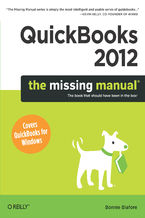
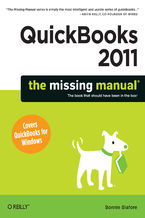






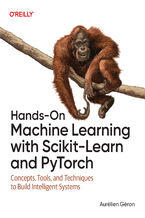


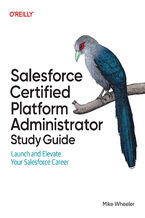
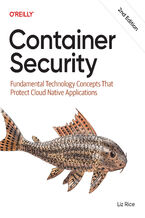
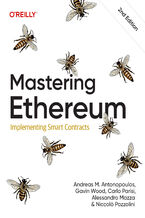

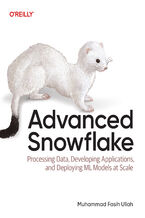
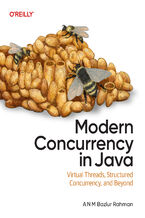
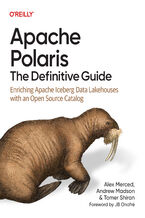



Oceny i opinie klientów: Microsoft Project 2007: The Missing Manual. The Missing Manual Bonnie Biafore
(0)